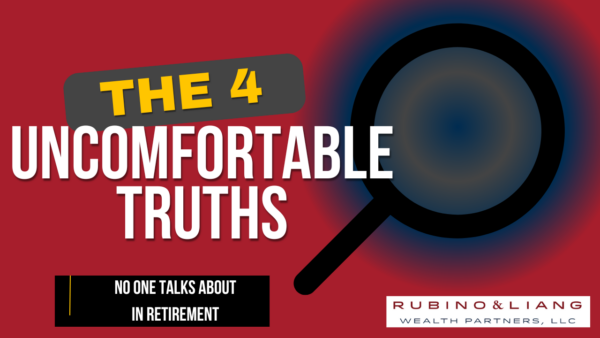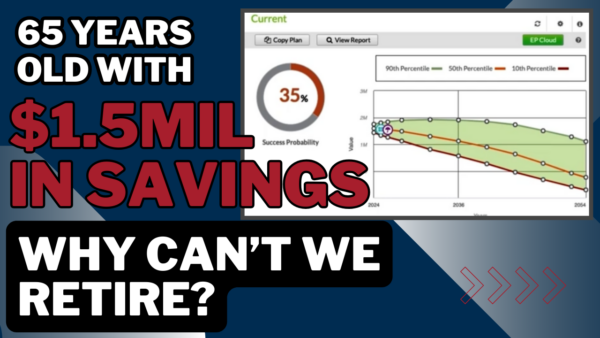
You’ve set aside money all of these years, hoping to have a fluffy nest for retirement. You’ve taken advantage of the IRS’ generosity allowing you to set aside funds each year and not include those funds in your taxable income. You may even have been fortunate enough to earn an employer match on those funds and enjoyed watching your statements as the pot grew. There may have been a time or two that you “lost” a little money but all in all you probably felt like a bandit with all this money stashed away without a tax bill at the end of the year.
Uncle Sam is still watching, though. He’s waiting. Waiting for you to turn the magic age of 70 ½. Just like the musician wants to be paid after you’ve enjoyed a night of dancing to his music, the IRS is waiting for you to take your RMD. There is no magic word to get you out of this one but there is a silver lining. It may seem like a slap in the face to have to take money from this beautiful pot that is growing nicely and pay a tax on the withdrawal, but had you paid the tax on the money when it was earned you most likely would have paid a much higher tax rate. The idea is that once you are in your 70’s, you should be enjoying a much lower tax rate as your income may be reduced to taking your social security as your primary source of income.
Here are the 5 most frequently asked questions that I get asked by our clients and the answers you need to remember about IRAs and RMDs:
1. When do I take my RMD and why?
IRA money is money that has been saved on a BEFORE TAX basis. When you were putting this money aside it was excluded from that year’s earned income. The agreement that is made when you open an IRA is that once you reach a certain age you must begin withdrawing the funds and pay a tax on the funds based on your current tax bracket for earned income. The benefit of this is in your retirement years your tax bracket should be much lower than what it was during your earning years.
2. Hows is my RMD calculated?
3. What are my options if I have more than one IRA?
If you have more than one IRA, you are allowed to take the aggregate RMD amount from one account rather than take the RMD from each IRA individually. This is a good strategy if you have low performing IRAs that you wish to spend down, leaving the better performing ones to continue to grow tax deferred. You can also set it and forget it so you do not risk forgetting to take the RMD annually, risking a 50% excise tax on the amount you did not take.
EXAMPLE: Susie has 3 IRAs. The total of all three IRA’s RMDs is $15,000.00. Susie has one IRA that is under performing and wants to deplete that IRA before touching the others. As long as Susie takes a distribution of $15,000, her RMD is satisfied for all three. However, this does NOT apply to Inherited IRAs. Inherited IRAs have different rules.
4. What is the best amount of taxes to withhold from my withdrawal?
This is the question I get asked the most. Since IRA distributions are 100% taxable it is highly recommended that taxes are withheld from your distribution. Each individual has his/her own tax burden so it is always best to speak with your tax professional for the correct amount of Federal taxes and State taxes, if required by your resident state, to have withheld. If you choose not to withhold taxes you must be aware that you will be responsible for all taxes due on the distribution when filing your tax return.
5. What if I don’t need the money?
On many occasions, I’ve been told by clients that they do not need the money and would rather keep it in the account to let it grow. I always remind them that NOT taking their RMD will subject them to a 50% excise tax on top of the taxes due on any amounts that are not satisfied. There are better things to do with the RMD than to simply not take it and risk giving half of it to the IRS. If you are one of these people, please reach out to us for these other options.
If you’ve mastered the answers to the five questions above, you will be well-prepared when it comes time for you to start taking your required minimum distributions. Learn about how to take your retirement plan to the next level by avoiding the major reasons they fail in this post.


